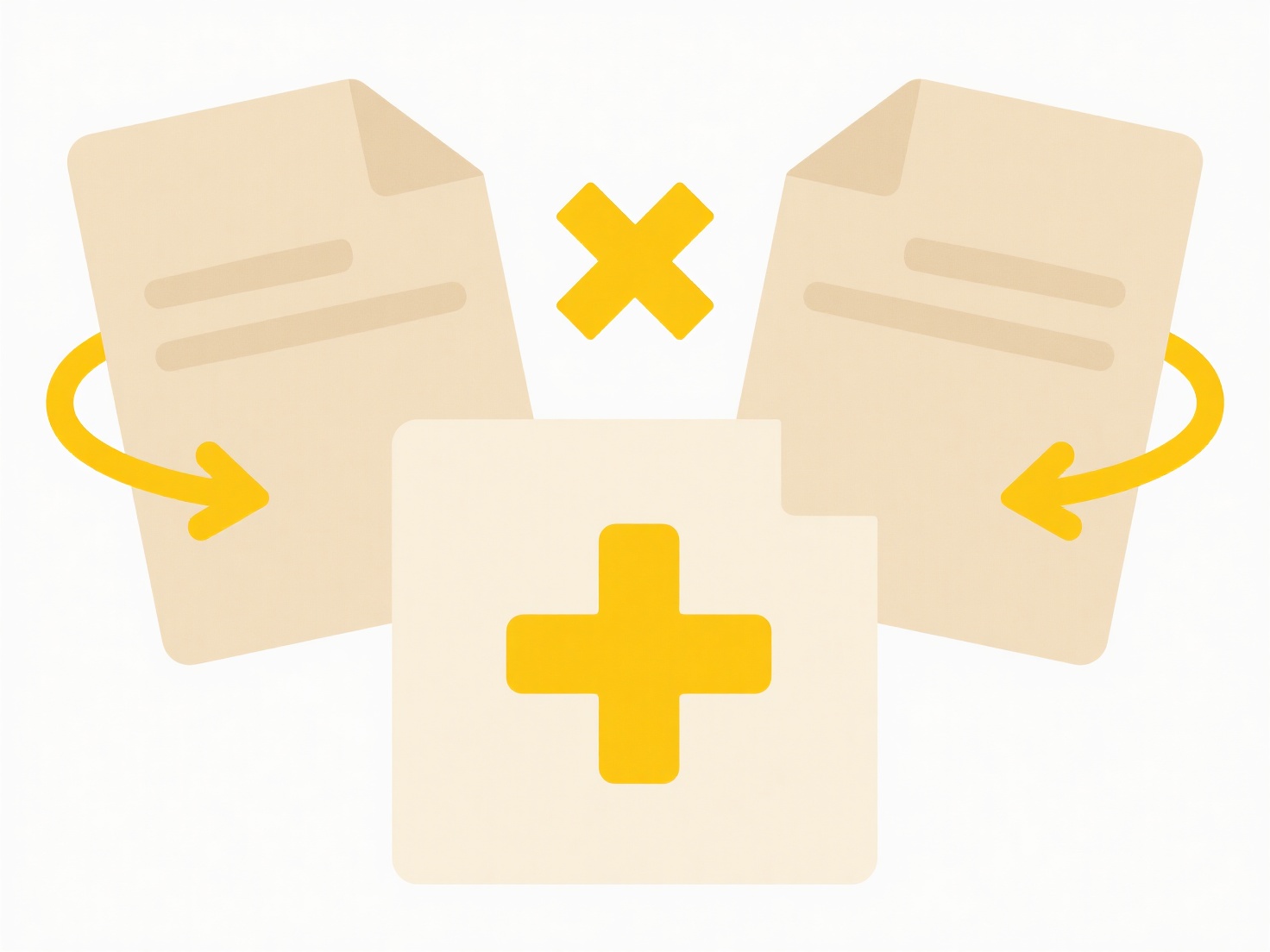
File tagging refers to adding descriptive keywords or labels to files, making them easier to locate later. Unlike storing a file in a single folder, tagging allows multiple relevant labels (like "Invoice", "Q4-2023", "ClientA") to be attached to one file. This creates a flexible, multi-dimensional classification system based on meaning rather than just physical location. Labels act as metadata, enabling powerful searches beyond simple file names or creation dates.
For instance, you can tag vacation photos with locations like "Italy" and categories like "Beach". All files with that tag appear in a search, regardless of where the photos are saved. In professional settings, project documents might be tagged with "Budget", "Draft", and the specific project name. Operating systems like macOS offer native tagging features ("Tags"), and cloud storage services like Dropbox or OneDrive also support labels. Content management systems (CMS) heavily rely on this concept.

This method significantly improves search speed and recall, helping users find files across numerous folders. It allows grouping files conceptually without duplicating them. However, effectiveness depends on consistent, thoughtful tag application by users; inconsistent tagging can be counterproductive. Modern operating systems and search engines increasingly support tagging, enhancing both personal file management and enterprise document retrieval systems as digital content volumes grow.
How can I tag or label files for easier searching?
File tagging refers to adding descriptive keywords or labels to files, making them easier to locate later. Unlike storing a file in a single folder, tagging allows multiple relevant labels (like "Invoice", "Q4-2023", "ClientA") to be attached to one file. This creates a flexible, multi-dimensional classification system based on meaning rather than just physical location. Labels act as metadata, enabling powerful searches beyond simple file names or creation dates.
For instance, you can tag vacation photos with locations like "Italy" and categories like "Beach". All files with that tag appear in a search, regardless of where the photos are saved. In professional settings, project documents might be tagged with "Budget", "Draft", and the specific project name. Operating systems like macOS offer native tagging features ("Tags"), and cloud storage services like Dropbox or OneDrive also support labels. Content management systems (CMS) heavily rely on this concept.

This method significantly improves search speed and recall, helping users find files across numerous folders. It allows grouping files conceptually without duplicating them. However, effectiveness depends on consistent, thoughtful tag application by users; inconsistent tagging can be counterproductive. Modern operating systems and search engines increasingly support tagging, enhancing both personal file management and enterprise document retrieval systems as digital content volumes grow.
Related Recommendations
Quick Article Links
Can I rename test result files by test name?
Renaming test result files by test name means customizing test output file names using the actual names of the test case...
Can I open .odt files in Microsoft Word?
Yes, you can open .odt files in recent versions of Microsoft Word. ODT (OpenDocument Text) is the standard file format u...
How do I search for file names that include emojis or symbols?
Searching for file names containing emojis or symbols requires understanding how file systems handle Unicode characters,...